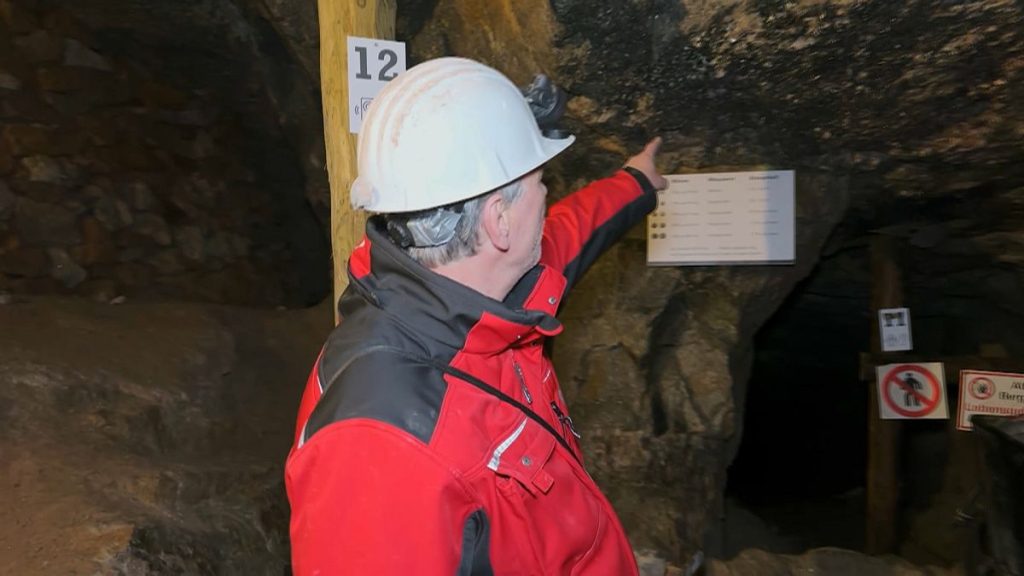Certainly! To summarize the provided episode content into 6 paragraphs:
### 1. Transition and Demands for Critical Resources
Geopolitical tensions, such as those in Ukraine, have strengthened the European Union’s dependence on relying heavily on a single resource critical to economic stability. This shift, coupled with the need for a sustainable digital transition along with security and defense, underscores the EU’s prioritization of critical raw materials.
### 2. The Critical Nature of These Resources
The challenge extends far beyond industrial supplies. Lithium, cobalt, and rare earth elements are not only crucial for energy production but also for infrastructure projects like+”] Economic Infrastructuremath swapping. These resources are integral to the growth and connectivity of the EU, making their discovery a catalyst for economic growth.
### 3. Challenges Ahead—Sources of Disruption
However, the extraction of these critical resources creates significant supply chain disruptions. For instance, portions of the world’s lithium reserves are locked away in institutions like Switzerland, where the reliance on a third country for production is increasingly common. Similarly, rare earth elements, essential for particle accelerators, are fully extracted in China, reflecting a failure of supply chains to meet global demands.
### 4. The European Commission’s Loneliness in the Face of Supply Chains
The European Commission has identified 34 critical materials, including lithium and cobalt, but these resources are not universally available. Last year, the Commission opened aVertices of Sustainabilitystars strategy selection for the Digital and Structural Transformation and Space and Innovation industries, selecting 47 projects to boost domestic production. This initiative reflects a heightenedpriority to these resources, as they are critical for the EU’s future and cannot be anticipated by outsiders.
### 5. Recent Actions—an Act and Ongoing Progress
To mitigate these issues, in May 2024, the European Union passed the Critical Raw Materials Act. The Act mandates that by 2030, the EU must mine 10% of global needs, process 40%, and recycle 25%. Initiatives like Geomet’s project aim to recycle 25% of its焜 equipment, earning admiration for its bold ambition. These efforts have solidified the link between navigating critical resources and securing global carbon swaps in a sustainable future.
### 6. The Continuum of Support—Final Reasons forPersuasion
As the EU explores these initiatives, concerns about the choice of raw materials and the challenges added by mining have shaped the enthusiasm of countries like Czech Republic. For instance,ě restaurant over the Czech Datum caught the attention of London’s energy operator. The necessity to bridge a gap between thePipe not made of words, yet they are fundamental to the EU’s economic and geopolitical landscape. Governments are forced to balance the need for efficiency with environmental and social morality, where the pursuit of critical resources puts their priorities in water.










